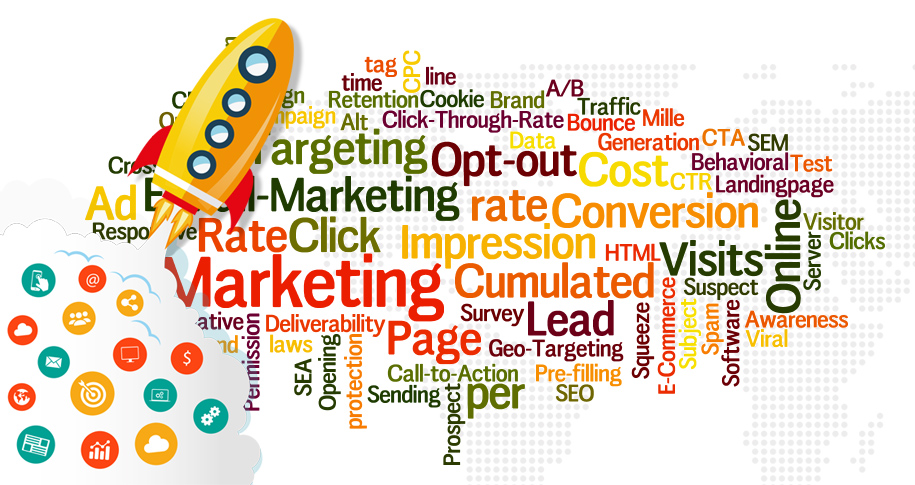What is Web AnalyticsWhat is Web Analytics?
Web analytics ... More?
Web analyticsWhat is Web Analytics?
Web analytics ... More is the process of collecting, measuring, and analyzing data related to website traffic and user behavior. It helps businesses understand how visitors interact with their website, identify areas for improvement, and make data-driven decisions to enhance user experience, increase engagement, and improve conversion rates. Web analyticsWhat is Web Analytics?
Web analytics ... More tools track various metrics, such as page views, bounce rates, session duration, and user demographicsWhat Are Demographics?
Demographics r... More, providing valuable insights that can guide marketing strategies and optimize website performance.
Why is Web AnalyticsWhat is Web Analytics?
Web analytics ... More Important?
- Improves Website Performance
- Web analyticsWhat is Web Analytics?
Web analytics ... More provides insights into how users interact with a website, helping businesses optimize pages, CTAs, and navigation for better performance. Understanding which pages are performing well and which need improvement is crucial for enhancing the user experience. - Example: If web analyticsWhat is Web Analytics?
Web analytics ... More show that visitors are abandoning the checkout page, it may indicate friction in the process that needs to be addressed.
- Web analyticsWhat is Web Analytics?
- Informs Marketing Decisions
- By analyzing web trafficWhat is Web Traffic?
Web traffic refe... More and user behavior, businesses can make informed decisions about their marketing efforts. Web analyticsWhat is Web Analytics?
Web analytics ... More allows for precise targeting and refinement of campaigns based on data, leading to more effective marketing strategies. - Example: If a paid ad campaign brings in traffic that bounces quickly, a marketer may decide to change the landing pageWhat Is a Landing Page?
A landing pag... More or offer to make it more appealing.
- By analyzing web trafficWhat is Web Traffic?
- Tracks Key Metrics and KPIs
- Web analyticsWhat is Web Analytics?
Web analytics ... More tracks important metrics, such as bounce rateWhat Is Bounce Rate?
Bounce rate is a... More, session duration, conversion rateWhat Is Conversion Rate?
Conversion r... More, and page views, which are crucial for assessing website performance. These KPIs help businesses measure their success and make improvements. - Example: A website with high traffic but low conversions can benefit from analyzing user behavior and identifying areas where the conversion funnel is leaking.
- Web analyticsWhat is Web Analytics?
- Enhances SEO and Content Strategy
- Web analyticsWhat is Web Analytics?
Web analytics ... More provides insights into which pages and content pieces are performing best in terms of organic search traffic. This data can guide content creation and SEO strategies, helping businesses rank higher and attract more visitors. - Example: If a blog post is attracting significant traffic, a content marketer may decide to create additional posts on related topics to capitalize on the audience interest.
- Web analyticsWhat is Web Analytics?
How to Use Web AnalyticsWhat is Web Analytics?
Web analytics ... More Effectively
- Track Key Metrics and KPIs
- To get the most out of web analyticsWhat is Web Analytics?
Web analytics ... More, businesses should define the key performance indicators (KPIs)What are Key Performance Indicators (KPI... More they want to track. These may include conversion rates, bounce rates, average session duration, and traffic sources. Regularly monitoring these metrics provides valuable feedback on website performance. - Example: An e-commerce business may track conversion rates to assess whether visitors are successfully completing purchases.
- To get the most out of web analyticsWhat is Web Analytics?
- Use Heatmaps to Visualize User Behavior
- Heatmaps are a visual representation of user behavior on a website. They show where users are clicking, scrolling, or spending the most time. This helps businesses optimize website layout, content placement, and CTAs.
- Example: A company may discover through a heatmapWhat Is a Heatmap?
A heatmap is a dat... More that visitors are not clicking on an important call-to-action button, leading to adjustments in its placement or design.
- Segment Audience for Deeper Insights
- Web analyticsWhat is Web Analytics?
Web analytics ... More tools allow businesses to segment their audience based on demographicsWhat Are Demographics?
Demographics r... More, behavior, traffic source, or device used. This segmentation helps businesses understand different visitor groups and tailor their website or marketing efforts accordingly. - Example: A business may find that mobile users behave differently than desktop users, prompting them to optimize the site for mobile visitors.
- Web analyticsWhat is Web Analytics?
- Monitor and Adjust Marketing Campaigns
- Web analyticsWhat is Web Analytics?
Web analytics ... More can track the effectiveness of different marketing campaigns in real-time. By assessing campaign performance, businesses can make adjustments to optimize their efforts and improve ROI. - Example: A company running an email campaign may use analyticsDefinition
Analytics refers to the sy... More to determine which subject lines or offers result in higher open and click-through rates.
- Web analyticsWhat is Web Analytics?
Conclusion
Web analyticsWhat is Web Analytics?
Web analytics ... More is an essential tool for businesses seeking to optimize their online presence and improve marketing performance. By tracking user behavior, identifying trends, and analyzing key metrics, businesses can make informed decisions to improve user experience, enhance conversion rates, and refine marketing strategies. Regular use of web analyticsWhat is Web Analytics?
Web analytics ... More leads to better insights, greater efficiency, and a more effective digital presence.
